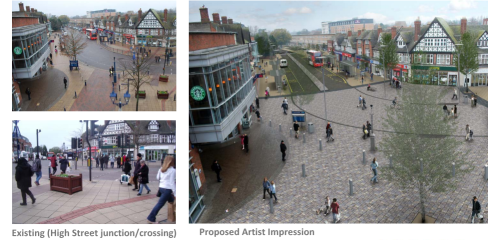
At the core of the map are the goals or outcomes of an integrated approach to sustainable transport and urban planning, the three core values of health, prosperity and happiness are the by-products of leaving a better world for future and represent some of the core values of society.
Health- The sustainable approach has numerous health benefits: exercise fits more naturally into busy lives through active travel; motor traffic levels fall, reducing air pollution and traffic casualties; and public health funding is freed up for those who really need it.
Prosperity- Active transport methods are already essentially low cost and by bringing public transport fares down to a reasonable level, people with limited budgets can still travel effectively as those with cars do now. By freeing up disposable income and reducing transport poverty quality of life can increase.
Happiness- There are countless ways in which sustainable planning increases happiness including: increased community and childhood freedom, the de-stressing effects of exercise, reduction of wasted commuting time, and more money to spend on the things that matter.
The actual map itself is split, for the most part, into three different strands: Cycling and Walking which come under the heading of Liveable Streets, which encompasses any methods to make streets more friendly and safe for people to roam; and Public Transport which stands on its own outside the envelope. All of these seek to reduce motor traffic through the provision of alternative, and more sustainable, modes of transport. The basic argument is that each of these modes fill separate and necessary roles in transport, attracting different people with different needs and distances to travel.
Cycling
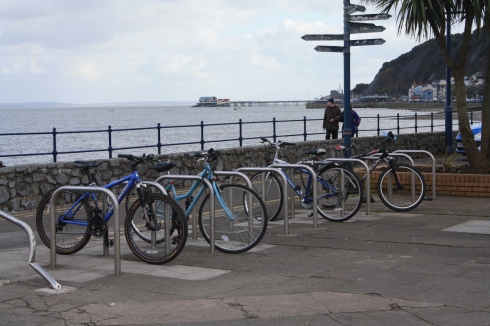
This strand is based on the premise that unprotected and vulnerable bicycle users should not occupy the same space as large/fast chunks of metal, and that a cycle network needs to be intuitive and safe enough to be used by all (from 8 to 80). To deliver the design criteria of a network of safe, convenient, attractive and continuous cycle routes a range of approaches are needed depending on the specific road by road situation.
- Protected bike lanes- Those on bicycles value direct and intuitive routes as much, if not more than, those in cars, such as those offered by main roads. Major roads can also offer a significant barrier to cycling, effectively driving near impassable rift in between neighbourhoods. Therefore for a cycling network to function, it is necessary to allocate protected road space to bicycle users.
- Fully separated bike routes- In other areas where space is not at a premium it can be desirable to provide routes that are completely removed from those used by motor traffic. Such as running parallel to high speed trunk roads, providing connections through rural areas or to provide a more direct route for bicycles, such as through a park or green space.
There are also a number of approaches that have benefits for both bicycle users and pedestrians, and therefore falling squarely between the two strands:
v 20mph- By reducing traffic speeds general conditions and safety of active travel users is improved. Reducing to 20mph means drivers have reduced stopping distance, are able to achieve a greater awareness of surroundings and in the event of a collision the chances of fatality are greatly reduced. This can greatly increase the liveability of a street and at very low traffic volumes can allow bicycle users to mix with general traffic. While these zones should be seen as a minimum requirement in residential areas, there is scope for 20mph replacing 30mph as the default, requiring higher speed limits to be the exception rather than the rule.
v Rat-running restricted- Otherwise known as filtered permeability this is the practice of restricting non-residential motor access while still providing a through route for active travel. This can be achieved through effective use of bollards, planters, kerbs and one-way systems (with bicycle contraflow). If used in conjunction with 20mph limits, the volume and speed of motor traffic can be greatly reduced creating a safe and welcoming streets for pedestrians, bicycle users and residents.
v Legal protection- While this approach is very much junior to providing safe and welcoming environments (and should not be seen as an alternative to doing so), creating a system were anti-social and/or dangerous behaviour is dealt with appropriately can be seen as a necessity for a safe and effective transport network. To work effectively the system should be based on the logical presumption of; the greater the danger posed, the heavier the sentence. A car driver has the potential to substantially more harm than a pedestrian or bicycle users simply due to greater potential kinetic energy and therefore should be held to a higher standard of responsibility and receive a heavier sentence when failing to do so.
v Open street events- These can be as big as Sky Rides and car-free Sundays or as small as single-street parties, but they all involve temporarily reclaiming an area of the road network for people (rather than cars). By demonstrating that a street can be more than just a thoroughfare for cars, open streets can be an effective tool in encouraging people to look at their streets and lifestyles in a different light. Giving people the safety and security to interact others, try out new ways of getting around and generally have fun.
v Traffic law enforcement- An effective sentencing system has no benefit if those as to whom it would apply to, never make it to the courts. Policing should be based on the scale and danger posed by behaviour, and enforcement should reflect this.
v Appropriate priority across side roads and junctions- An area that has always failed pedestrians and bicycle users in the past is in safe passage across and through roads and junctions. Often offering a choice between lengthy waits at controlled signals or taking chances with the traffic flow, giving way to everything with four wheels or more. Priority across minor roads when traveling along a major one is critical for effective bicycle travel, due to the need to conserve momentum, but pedestrians can also benefit from measures such as continuous pavements (a raised table at a road mouth that allows the pavement surface to continue across it) which reinforce the underused right to priority over turning traffic. Junctions also require appropriate priority and safe areas for pedestrians and bicycle users. With the majority of bicycle incidents happening at junctions and pedestrians often being forced to sprint across multiple lanes of traffic, it is crucial to design effective junctions for all users.
Walking

While the majority of the above approaches to design benefit pedestrians through either reduction of traffic speeds, volume or priority, there are also a few that benefit pedestrians in particular.
o Pavement parking ban- Pavement parking is an issue that is prolific across the UK. By exploiting a loophole in the law which does not prevent parking on the pavement but rather acts to restrict the act of driving onto the pavement, drivers are able to wilfully infringe on the rights of pedestrians to have a secure and protected space (note: shared-use bicycle and pedestrian pavements also violate this right). This is particularly problematic when vehicles obstruct the majority of the pavement and force pedestrians, including wheelchair users, the elderly, children and the blind, into the road.
o Pedestrian zones- By removing traffic completely and giving space to pedestrians on a permanent basis this approach provides a safe, secure and welcoming area to socialize, relax, shop, eat or play. This is particularly effective in areas of high pedestrian density, such as town centres and shopping streets.
Public Transport

The third major strand covers public transport, this strand is based on the need for an effective method of traveling longer distances in between destinations, which is when active travel reduces in suitability. Public transport systems have the ability to move larger numbers of people more efficiently and sustainably than by motor car and, if ticket systems are reasonably priced, provide another solution for transport poverty.
While public transport as a whole could almost make up another entire mind map, this strand has been condensed into two key topics which can arguably deliver the greatest benefits.
- Bus priority routes- Bus transport can provide more benefits than other similar transport types such as light rail/ metro as it is inherently flexible. As routes operate without tracks, a breakdown or fault in the route does not cause an insurmountable obstruction, capacity can easily be increased or decreased to take deal effectively with daily or annual fluctuations in demand, and the network itself is relatively cheap to set up. However there are some necessities involved in creating a bus network that is able to compete with other modes of transport. Main bus routes will have to un-coupled from the road transport network and given priority to allow them to operate efficiently and reliably, if bus routes are left to the mercy of rush hour traffic their desirability rapidly declines. Other areas that enhance bus networks are: having same level access to enter and exit, self-contained bus shelters with ticketing function, traffic light priority, and a central ticket system.
- Fare and ticket standardisation- All too often an otherwise good public transport system suffers from complex ticket systems with a variety of largely expensive, and seemingly arbitrary prices, for different zones or distances. This has the overall effect of excluding a good proportion of potential users, it is therefore crucial that the ticket system is affordable, intuitive, easy to use and comprehensive.
o Affordable- to be ‘public’ transport a system needs to be able serve a wide user demographic.
o Intuitive- to be able to walk into an unfamiliar transport network and use it effectively is one of the hallmarks of a good system.
o Easy to use- an example of this is London’s oyster card system, whereby you set up an account attached to your card and you are then able to pay for all public transport in the city by scanning your card at transport entry points, thereby eliminating the need to carry and source small change to pay for tickets.
o Comprehensive- central ticket systems that allow you to change transport systems and travel between zones easily and without a change in ticket system, make public transport seamless, accessible and attractive to all.
Beautiful Neighbourhoods
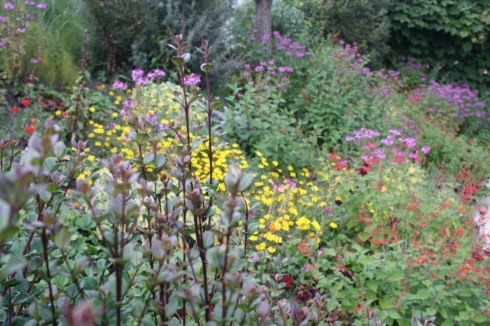
Standing outside the three key strands is ‘Beautifying’ streets. While not strictly a transport approach,this strand recognises that encouraging people to venture out and engage in a variety of transport forms and activities can be enhanced by enhancing the street environment an image. Typical approaches can include: bringing in more greenery such as trees and flowers, painting and refurbishing public spaces, creating green spaces and parks (a relatively new approach are ‘parklets’; small parks often the size, and replacement for a single parking space), providing areas that people can stop and relax in, and creating community art projects. Approaches like these can enhance social safety, draw together communities and encourage people to venture out in their neighbourhoods, however to be effective it is critical that all plans and projects are driven and by and engage the community.
Posted from sunny South Africa.
p.s. the cycling is awful around here.








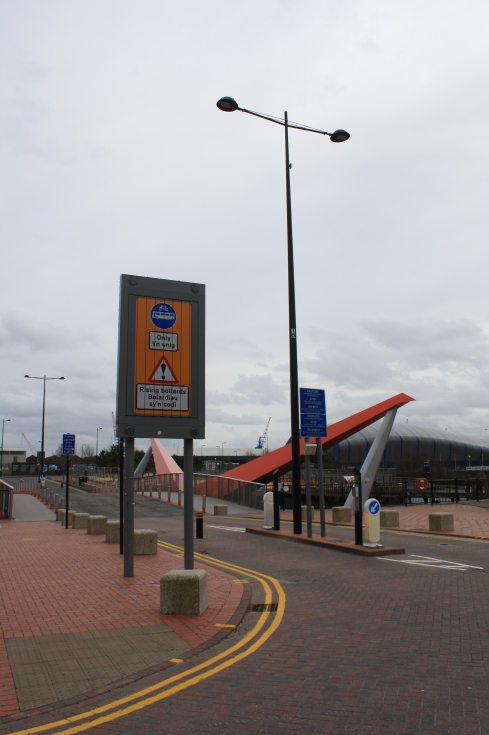



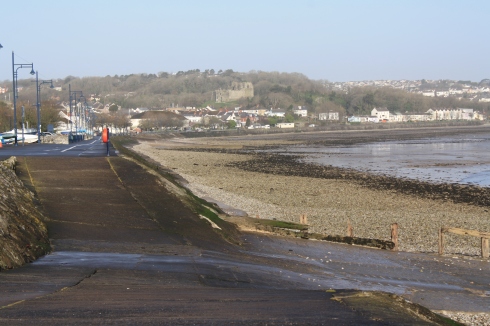


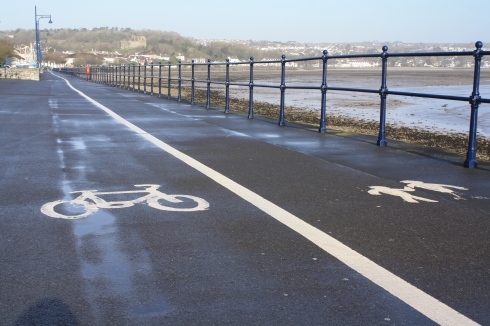





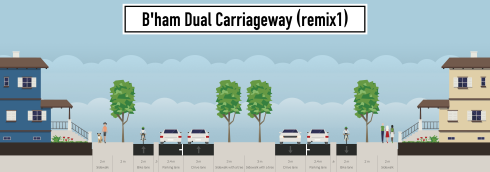

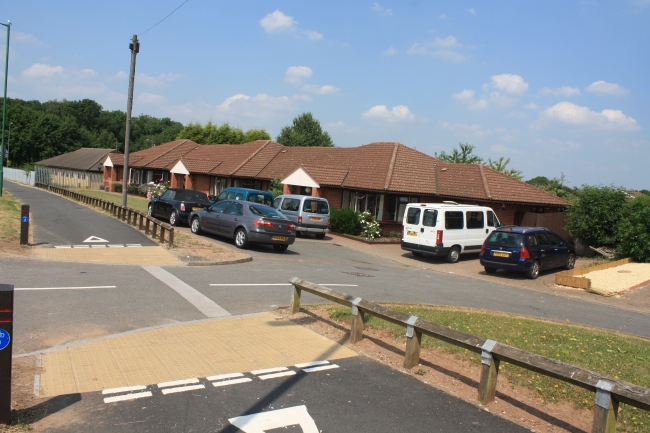

 From (
From (